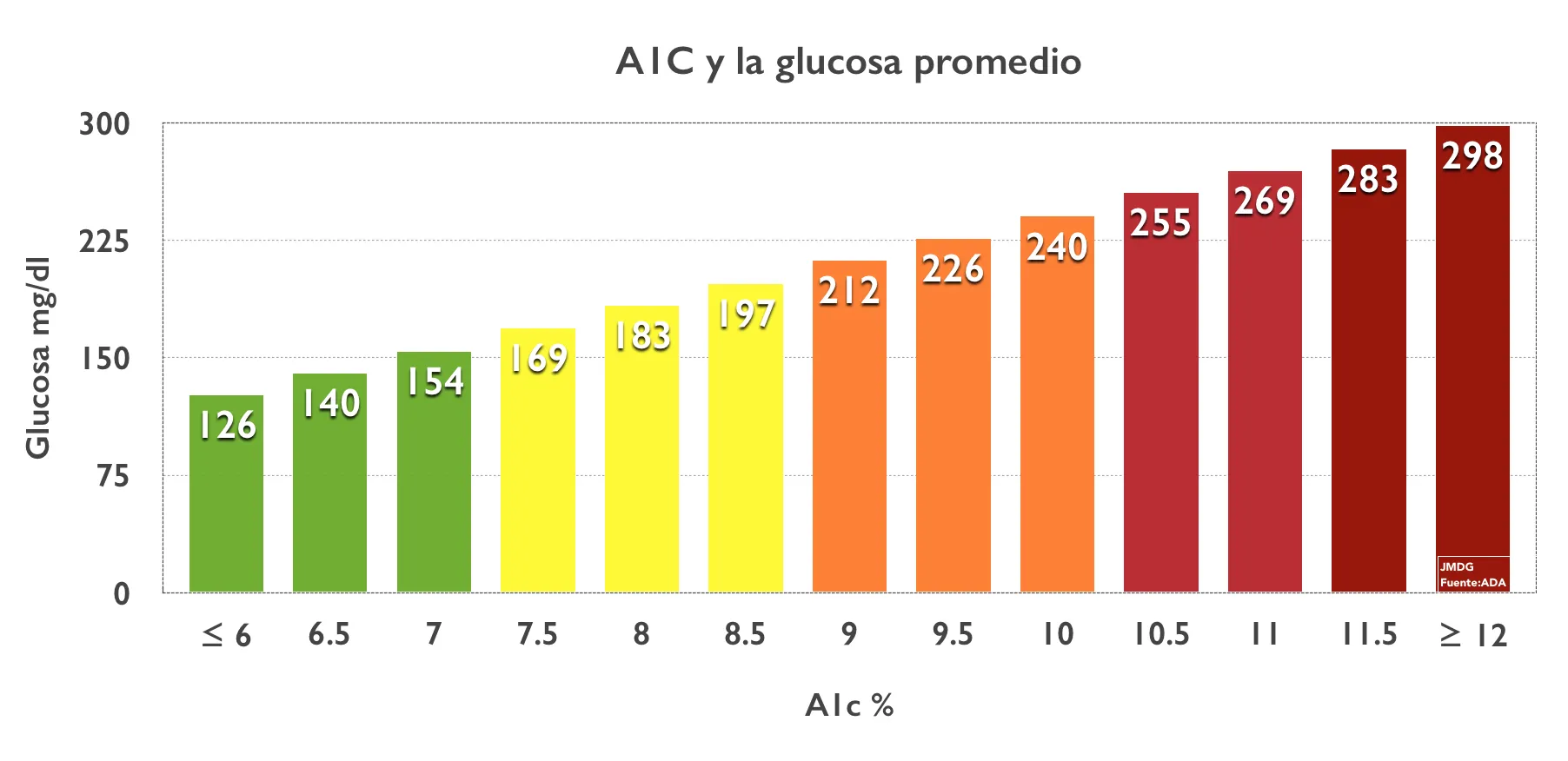Patients with type 2 diabetes should receive a result in the A1C test- which measures the average blood sugar level of a person in the last two or three months- between 7 and 8 percent instead of 6, 6,5 to 7 percent, as recommended by the American Medical College (ACP) in an evidence -based statement made public in 'Annals of Internal Medicine'.Currently, an A1C of 6.5 percent indicates diabetes.
"ACP analysis of evidence behind existing guides found that treatment with drugs for 7 percent or less compared to around 8 percent did not reduce macrovascular deaths or complications such as heart attack or stroke, butIt did produce substantial damage, "says the president of the ACP, Dr. Jack Ende."The evidence shows that for most people with type 2 diabetes, achieving an A1C of between 7 and 8 percent will better balance the long -term benefits with damage such as low blood sugar level, the load of medicines and thecosts ".
The ACP recommends that doctors personalize the blood sugar control objectives in patients with type 2 diabetes based on a discussion about the benefits and damage of pharmacotherapy, patient preferences, general health and life expectancy ofPatients, the charge of treatment and costs of care.
The foundation of the guidelines that recommend lower treatment objectives (below 7 percent or less than 6.5 percent) is that a more intensive control of blood sugar would reduce microvascular complications for many years of treatment.However, evidence of decrease is inconsistent and reductions were observed only in indirect microvascular complications, such as the presence of excess proteins in the urine.
If patients with type 2 diabetes achieve an A1C of less than 6.5 percent, the ACP recommends that doctors consider the intensification therapy of the reduction of the current treatment dose, the elimination of a drug if the patient is takingMore than one medication or discontinuating pharmacological treatment.
"The results of the studies included in all guides demonstrate that health results do not improve when treating A1C below 6.5 percent," says Ende-, however, reduce pharmacological interventions for patients with patients with patients with patients with patients with patients with patients with patients with patients with patients with patients with patients with patients with patients with patients with patients with patients.A1C levels persistently lower than 6.5 percent will reduce unnecessary damage, loads and costs without negatively affecting the risk of death, heart attacks, strokes, renal insufficiency, amputations, visual disability or painful neuropathy. "
The ACP also recommends that doctors should treat patients with type 2 diabetes to minimize symptoms related to high blood sugar levels instead of a A1C level in patients with a life expectancy less than 10 years due to the advanced age(80 years or more) or chronic diseases (such as dementia, cancer, renal disease in the terminal stage, severe COPD or congestive heart failure, and patients residing in elderly homes), since the damage to the treatment directed A1CThey exceed the benefits in this patient population.
"Although the ACP guidance statement focuses on pharmacological therapy to control blood sugar, a lower treatment goal is appropriate if it can be achieved with modifications to diet and lifestyle as exercise, changes in the dietand weight loss, "Feed is.ACP guidance statements imply a review and methodological criticism of existing guidelines and sometimes, on occasion,contradictory, instead of a systematic review of available evidence."


